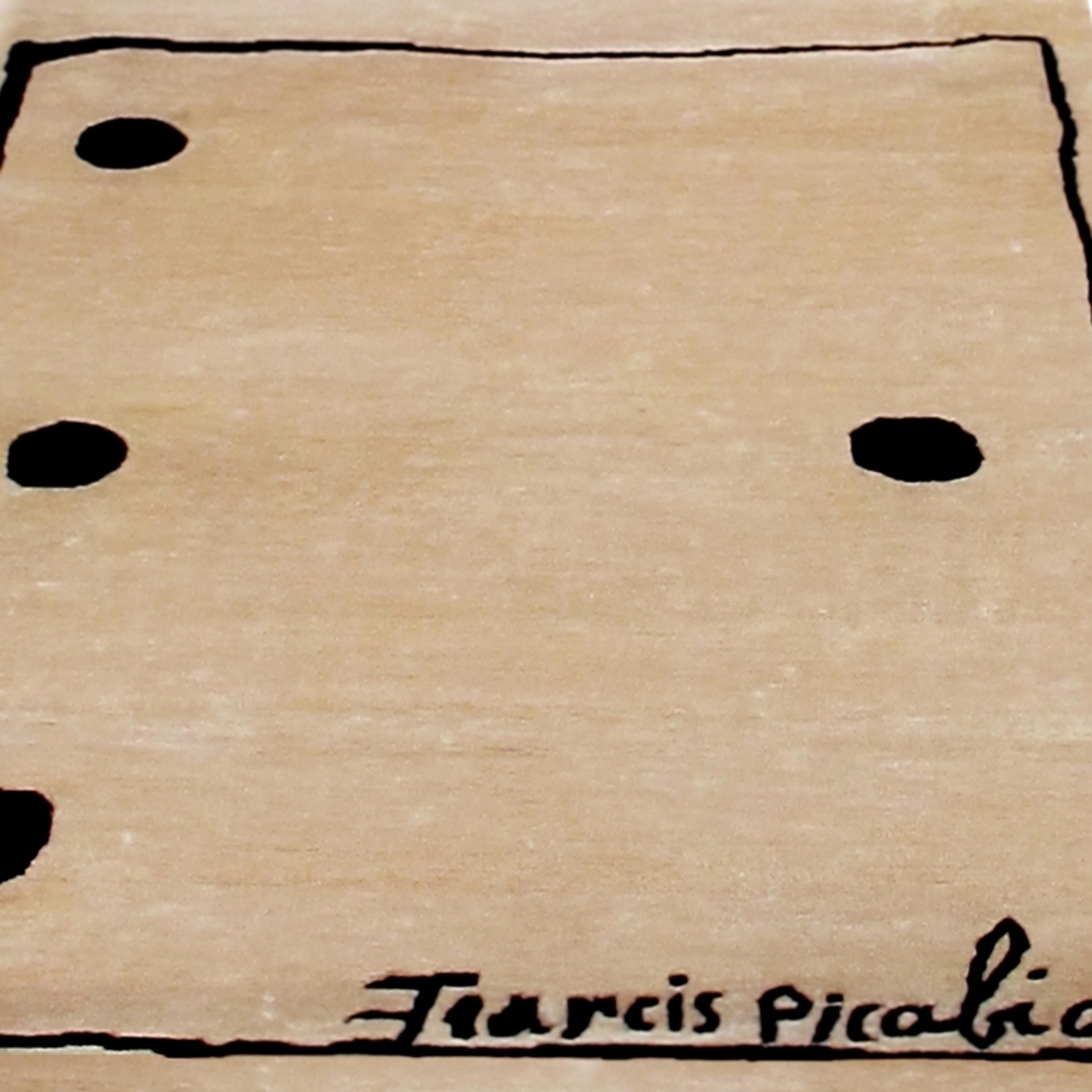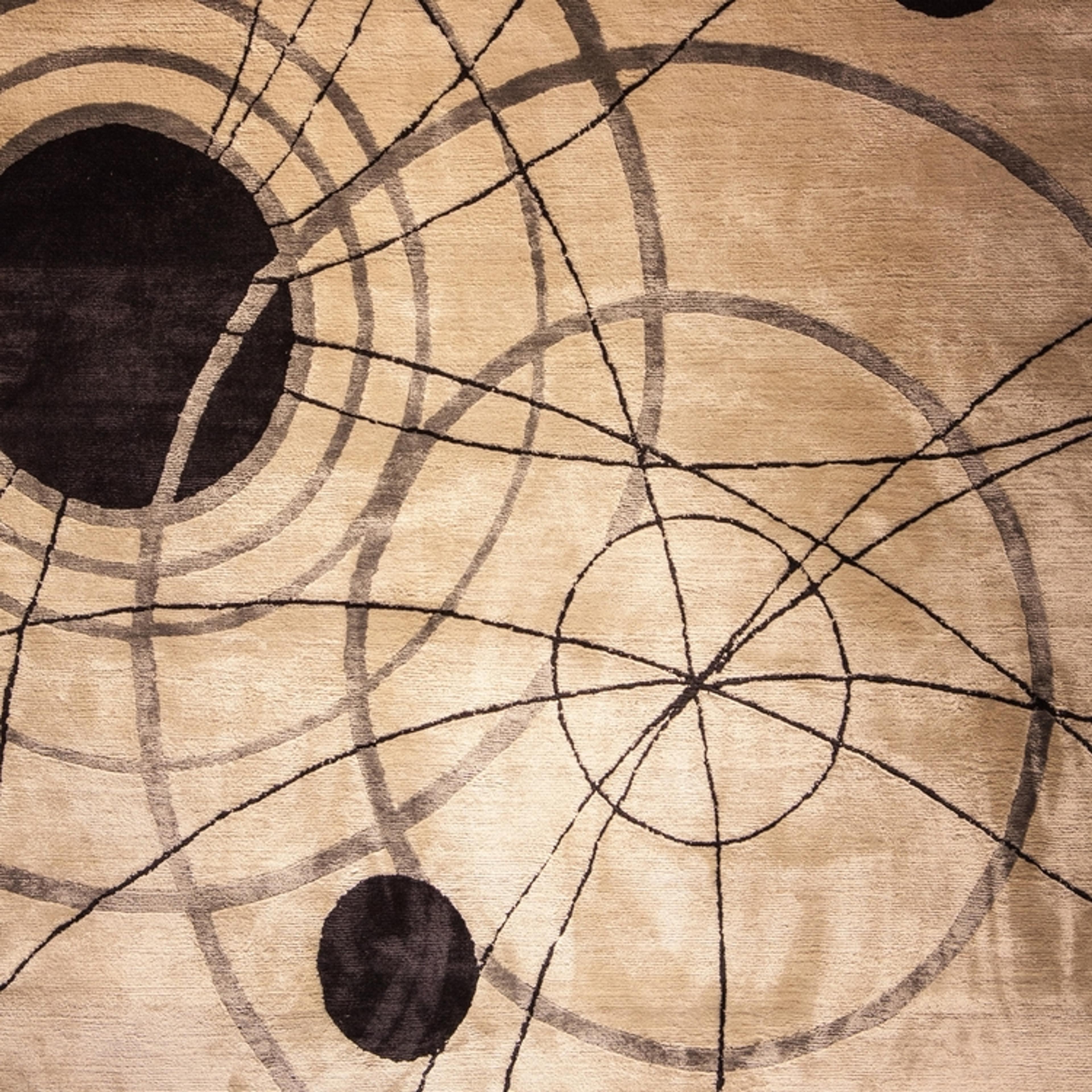Francis Picabia
Francis Picabia
Francis Picabia
Francis-Marie Martinez de Picabia (22 January, 1879) was a French avant-garde painter, poet and typographer. After experimenting with Impressionism and Pointillism, Picabia became associated with Cubism. His highly abstract planar compositions were colorful and rich in contrasts. He was one of the preeminent figures of the Dada movement in the United States and in France. He was later briefly associated with surrealism, but would soon turn his back on the art establishment.
Francis Picabia was born in Paris of a French mother and a Cuban father who was an attaché at the Cuban legation in Paris. Picabia studied under Fernand Cormon and others at the École des Arts Decoratifs in the late 1890s.
In 1894, Picabia financed his stamp collection by copying a collection of Spanish paintings that belonged to his father, switching the originals for the copies, without his father's knowledge, and selling the originals. Fernand Cormon took him into his academy at 104 Boulevard de Clichy, where Van Gogh and Toulouse-Lautrec had also studied.
Francis Picabia
Francis-Marie Martinez de Picabia (22 January, 1879) was a French avant-garde painter, poet and typographer. After experimenting with Impressionism and Pointillism, Picabia became associated with Cubism. His highly abstract planar compositions were colorful and rich in contrasts. He was one of the preeminent figures of the Dada movement in the United States and in France. He was later briefly associated with surrealism, but would soon turn his back on the art establishment.
Francis Picabia was born in Paris of a French mother and a Cuban father who was an attaché at the Cuban legation in Paris. Picabia studied under Fernand Cormon and others at the École des Arts Decoratifs in the late 1890s.
In 1894, Picabia financed his stamp collection by copying a collection of Spanish paintings that belonged to his father, switching the originals for the copies, without his father's knowledge, and selling the originals. Fernand Cormon took him into his academy at 104 Boulevard de Clichy, where Van Gogh and Toulouse-Lautrec had also studied.




